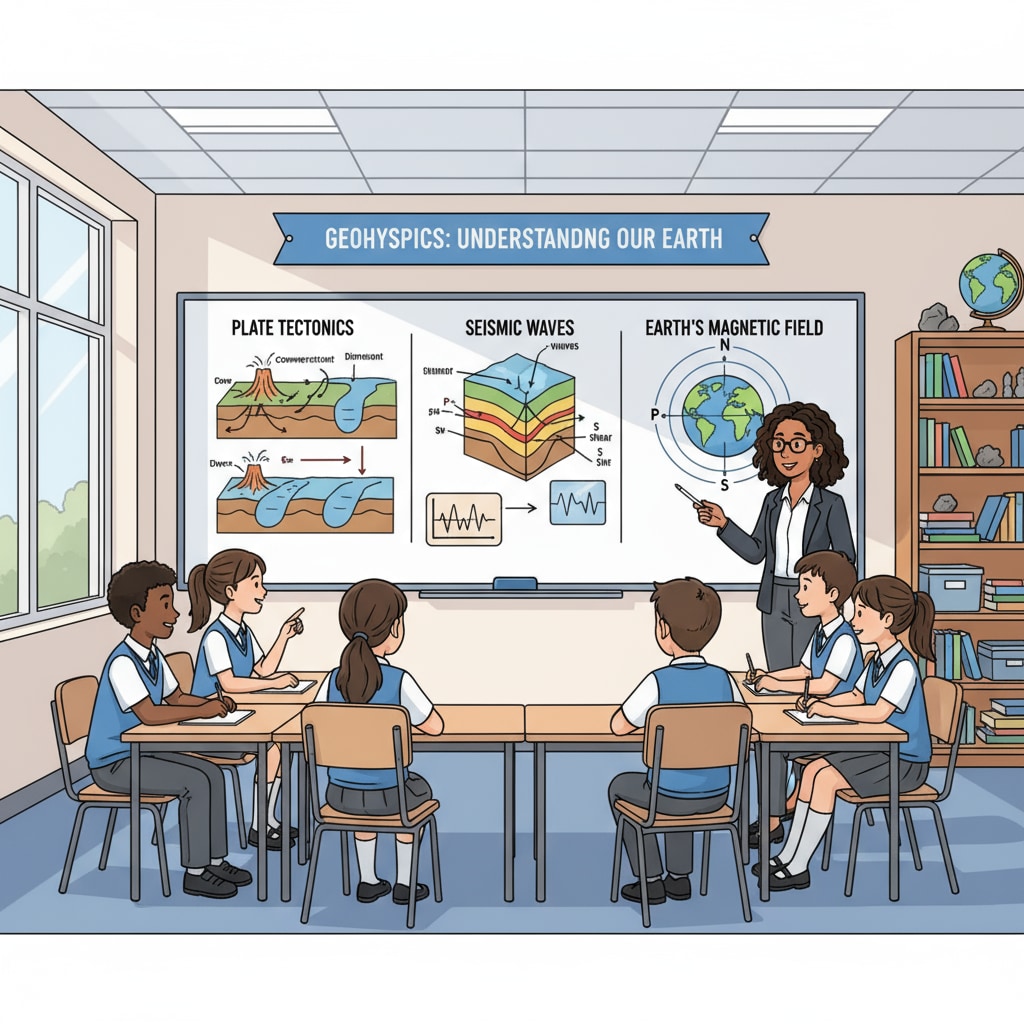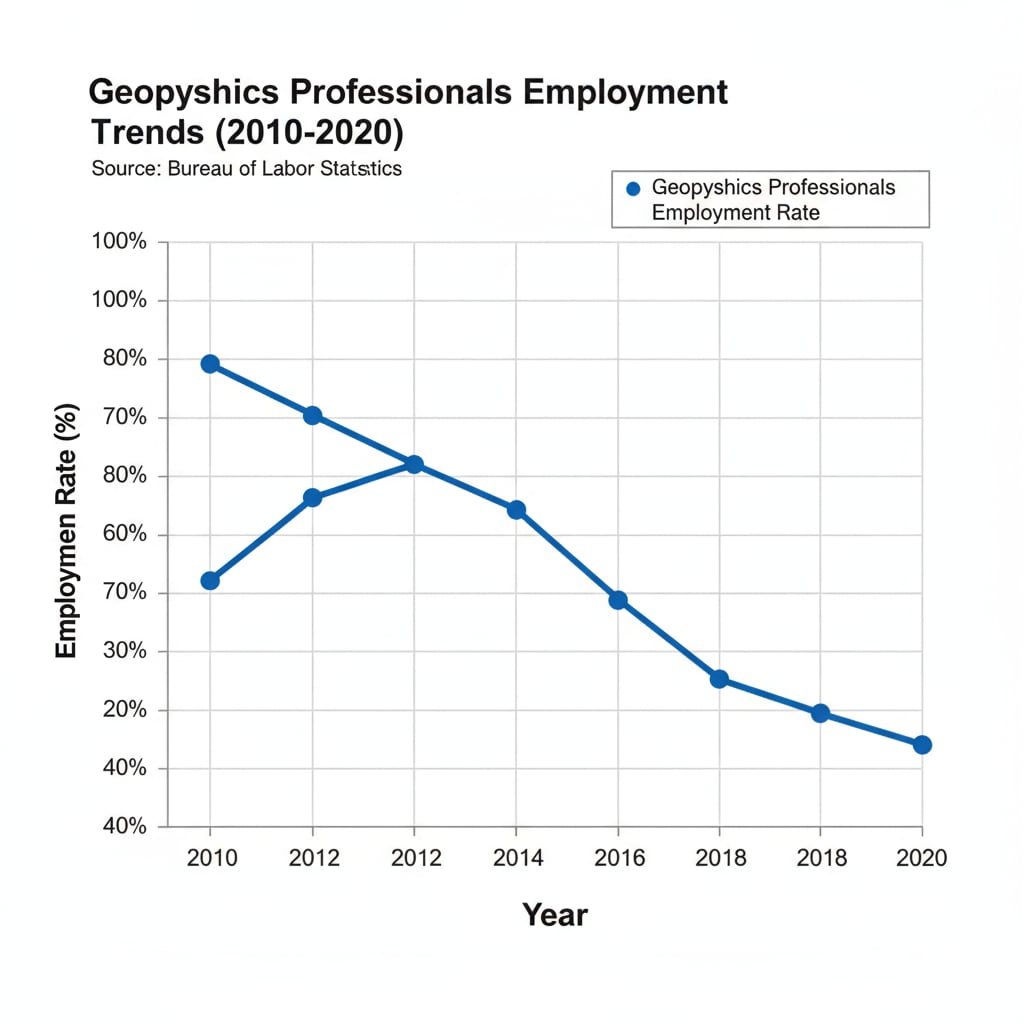Geophysics professionals often find themselves in an employment dilemma, but a second master’s degree can open doors to new opportunities, especially in the K12 education sector. In recent years, the demand for STEM education has been on the rise, creating a unique chance for those with a background in geophysics to make a career transition.

The Employment Dilemma of Geophysics Professionals
The job market for geophysics is competitive and limited in some regions. Many geophysics graduates struggle to find positions that match their skills and expectations. For example, industries related to oil and gas exploration, which were once major employers of geophysicists, have been experiencing fluctuations due to various factors such as environmental concerns and changes in energy policies. As a result, professionals in this field are looking for alternative career paths. According to the Bureau of Labor Statistics, the employment growth rate for geoscientists might not be as rapid as in some other fields. This situation has led geophysics professionals to consider new directions.

The Rise of STEM Education and the Opportunity for Geophysics Experts
The push for STEM (Science, Technology, Engineering, and Mathematics) education in K12 schools has created a significant demand for educators with a strong science background. Geophysics, as a multidisciplinary field that combines physics, geology, and mathematics, equips professionals with a wealth of knowledge that is highly relevant to STEM curriculum. In addition, the hands-on and real-world nature of geophysics research can be translated into engaging teaching materials for students. For instance, concepts like plate tectonics and seismic activity can be used to spark students’ interest in science. As reported by Education Week, STEM education initiatives are expanding across the country, offering a promising avenue for geophysics professionals to enter the education field.
Making the transition to K12 education requires careful planning and the acquisition of new skills. A second master’s degree in education, specifically in science education or curriculum development, can be a valuable asset. This degree program provides training in teaching methods, educational psychology, and curriculum design, which are essential for success in the classroom. Moreover, it can enhance the credibility of geophysics professionals in the education community. For example, through a second master’s program, individuals can learn how to effectively communicate complex geophysics concepts to students of different ages and learning levels.
Readability guidance: By breaking down the content into short paragraphs and using lists where appropriate, we can better convey the key points. Each H2 section provides a clear focus, and the use of transition words like ‘for example’ and ‘in addition’ helps to make the flow of the article smooth. The images also serve to illustrate important concepts, enhancing the overall readability.


